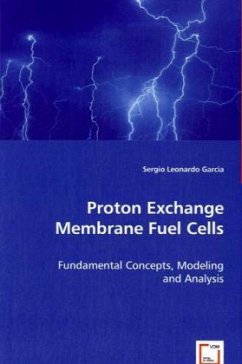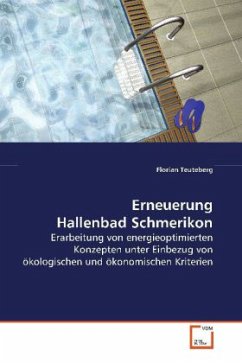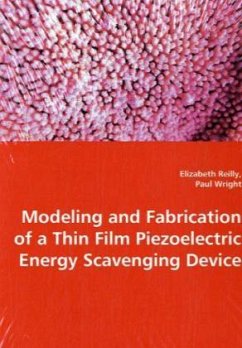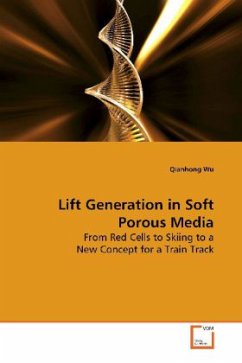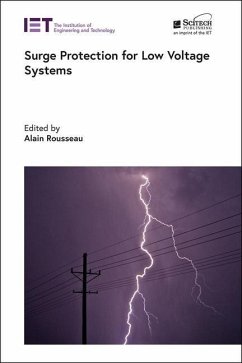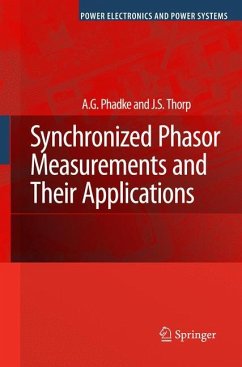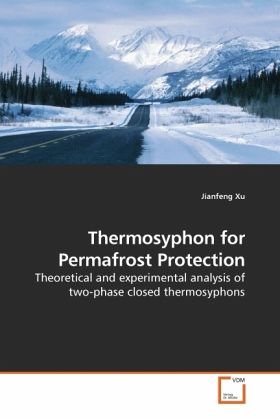
Thermosyphon for Permafrost Protection
Theoretical and experimental analysis of two-phase closed thermosyhons
Versandkostenfrei!
Versandfertig in 6-10 Tagen
45,99 €
inkl. MwSt.

PAYBACK Punkte
23 °P sammeln!
With the increasing mankind activities in the Arctic and the potential threaten of global warming, permafrost protection has attracted more and more attentions from all over the globe. As one of the effective way, thermosyphons have been used to maintain permafrost below structures for over half a century. Due to the complex nature of internal processes and the environmental interactions, complete system analyses are still lacking in the literature. This work presents an analytical and numerical model of a long inclined two-phase closed thermosyphon, known as a hairpin thermosyphon, which is r...
With the increasing mankind activities in the Arctic and the potential threaten of global warming, permafrost protection has attracted more and more attentions from all over the globe. As one of the effective way, thermosyphons have been used to maintain permafrost below structures for over half a century. Due to the complex nature of internal processes and the environmental interactions, complete system analyses are still lacking in the literature. This work presents an analytical and numerical model of a long inclined two-phase closed thermosyphon, known as a hairpin thermosyphon, which is representative of a new configuration for thermosyphons used in arctic applications. The thermosyphon has been approved effective in protecting a recently built road project near Fairbanks Alaska. A laboratory experiment and a full scale road experiment along with associated modeling are described in detail.




